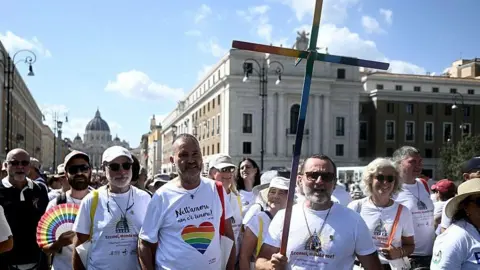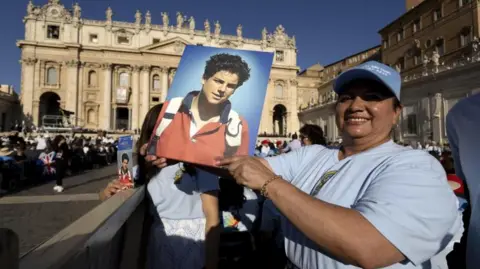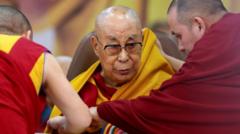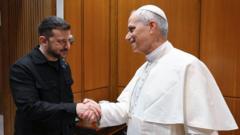As the Vatican gears up for an important moment in its history, the conclave to select a new pope is about to commence. The doors of the Sistine Chapel will soon close, sealing the fate of the papacy following the death of Pope Francis last month at the age of 88.
The conclave will witness 133 cardinals locked within the chapel, a historically significant venue adorned with Michelangelo’s stunning frescoes. Their task is to elect a new leader for the global Catholic community through a series of secret ballots, requiring a two-thirds majority for a candidate to emerge successfully.
The process, often described as intensely political, involves maneuvering, alliances, and sometimes betrayal among the cardinals. Jason Horowitz, the Rome bureau chief for The New York Times, emphasized this dramatic nature, having previously covered similar events in 2005 and 2013. “There’s a lot of backstabbing, fake candidates, and fascinating drama,” he stated.
Throughout the conclave, cardinals may cast ballots up to four times daily. After each vote, a plume of smoke from a chimney atop the chapel indicates whether a decision has been made—black smoke for no consensus and white smoke signaling the election of a new pope. The timeline for the conclave can vary greatly, from mere hours to an excruciating wait of nearly three years, as seen in the 13th century.
Once a new pope is elected and the smoke clears, major news outlets, including The New York Times, anticipate breaking the story swiftly, offering background on the new pontiff’s beliefs and potential for the Church's future. “We try to be prepared for any outcome, including the possibility of a dark-horse candidate,” Mr. Horowitz explained, highlighting the unpredictability of the conclave’s outcome.
In this high-stakes environment, the choice made by the cardinals will not only impact the direction of the Catholic Church but also resonate throughout the global community.





















